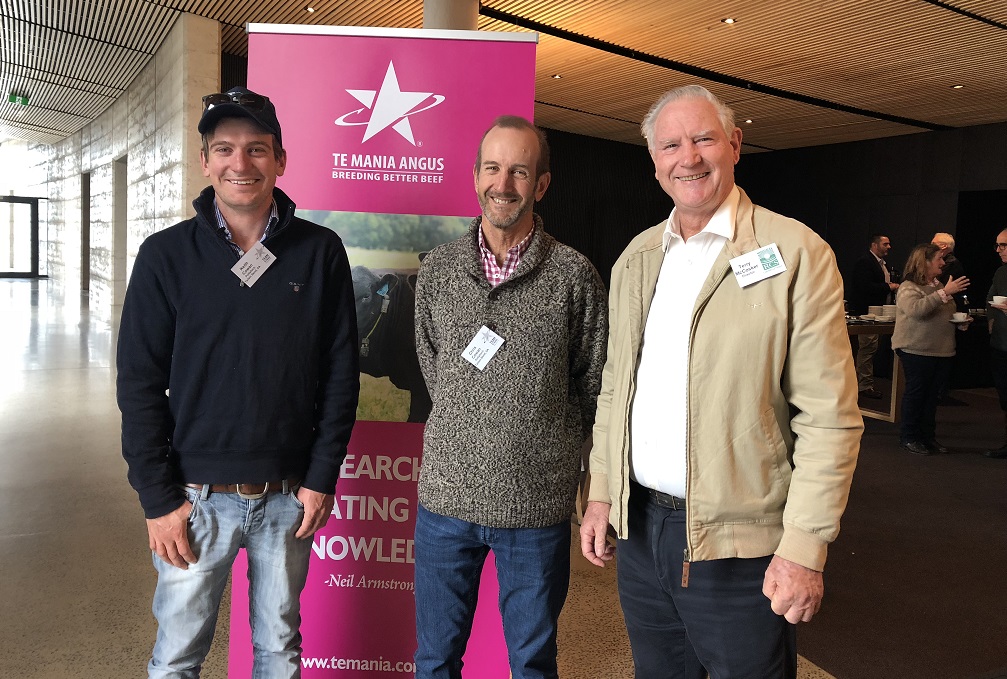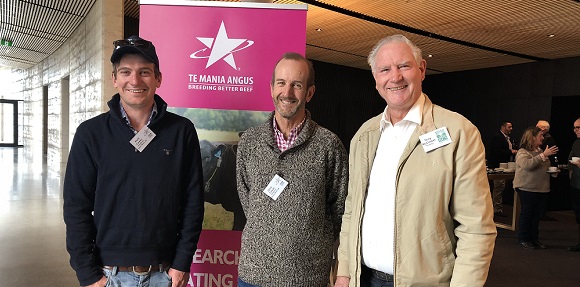“Upon this handful of soil our survival depends. Husband it and it will grow our food, our fuel and our shelter and surround us with beauty. Abuse it and the soil will collapse and die, taking humanity with it.”
IT’S a Sanskrit text circa 1500BC but Terry McCosker, circa 2018, told the annual Team Te Mania conference at Torquay last week that nothing had changed.
Terry told participants the ecosystem of every property is affected by six core factors – soil health, biodiversity, water cycle and energy flow, carbon and ecosystem services.
He said every part of these is interlinked – you cannot change one without changing all the others.
“If we have shrunk our ecosystem through mismanagement, it stands to reason we can increase it through better management,” Terry said.
“But overarching all of this is the human mind,” he said.
“And there are two human minds.
“The left brain is the mechanical mind with reductionist thinking, the right brain houses emergent mind which is partial to holistic thinking.”
Terry said with two minds it follows there are two ways to view the world.
He said a reductionist approach left the producer confronted by separate issues, such as desertification, climate change and biodiversity loss.
While a holistic approach faces only one serious issue – environmental and social malfunction.
“Reductionism in science says a complex system can be explained by reduction to its fundamental parts, e.g. the processes of biology are reducible to chemistry which is explained by the laws of physics,” Terry explained.
“Holism, on the other hand, is the idea natural systems should be viewed as wholes, not as collections of parts,” he said.
“RCS takes a holistic approach, not only to farming life but also to business.”
Terry then turned to one of the fundamentals of his presentation – carbon.
Which is, he said, the beginning and end of all life – and is a form of energy.
Through oxidation nature takes carbon out of dead things and combines it with O as CO2.
“With photosynthesis green plants and certain other organisms transform light energy into chemical energy,” Terry said.
“During photosynthesis in green plants, light energy is captured and used to convert water, carbon dioxide and minerals into oxygen and energy-rich organic compounds such as sugars,” he said.
“So there are the building blocks, but where is the carbon?
“There is 1580 gigatonnes of carbon just in the top metre of soil so it shouldn’t prove a big ask to take 10Gt – our annual emissions – out of atmosphere and sink it into the soil.
“We also have a further 610Gt in plants plus 800 in the atmosphere.”
And that brings us to the rhizosphere – that narrow region of soil directly influenced by root secretions and associated soil microorganisms.
The rhizosphere contains many bacteria and other microorganisms that feed on sloughed-off plant cells, termed rhizodeposition, and the proteins and sugars released by roots.
Then taking it down to the next level – mycorrhizal fungi – Terry said the symbiotic relationship between a plant’s roots and fungi allow the plant to feed from the soil over vast distances.
In return he said the plant feeds the fungi sugars from photosynthesis which is why he had always questioned the use of fungal treatments for seed in cropping.
“The hyphae of mychhorizal fungi are covered with glomalin, which accounts for 27 per cent of stored soil carbon,” Terry said.
“It is a sticky glycoprotein acting as soil ‘super glue’ and is stable for between seven and 42 years – although it breaks down more quickly in the tropics,” he said.
“Soil organic matter encompasses all organic components of the soil including living organisms, fresh residues, decomposing organic matter and stable organic matter.”
So how did that carbon get there?
The answer to that is plants – living plants, to be exact.
Plants take in carbon dioxide from the atmosphere and through photosynthesis that carbon dioxide is converted into liquid carbon, of which a percentage is secreted into the soil through root exudates.
Terry said a portion of these exudates feeds soil biology, which in turn feeds the plant.
Part of the liquid carbon is converted into carbonic acid he added, and that breaks down rocks, making the elements available.
“This is how a healthy soil ecosystem functions,” Terry said.
“It doesn’t matter if we are talking about cropland or pastureland, it all functions the same,” he said.
“We should strive to have as much diversity of plants, insects and other animals as possible.”






